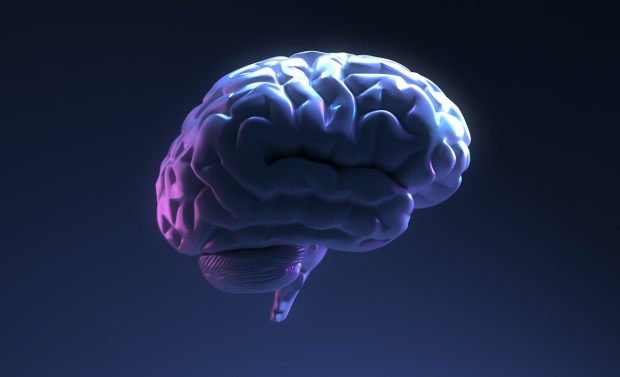These High Schoolers Are Using AI to Improve Healthcare Access

Summer is over, and school is back in session for most high schoolers across America.
But two U.S. high schoolers aren’t like most others. Rohan Kalahasty is the co-founder, CEO and chief technology officer of medical device startup Vytal, and Sai Mattapalli is the company’s co-founder, chief operating officer and chief financial officer.

Rather than worrying about early decision applications to college or the senior year football and soccer seasons, these two Virginia-based teenagers are trying to leverage artificial intelligence (AI) and connected devices to democratize access to healthcare pre-screening capabilities by identifying ocular biomarkers.
“Eye tracking and brain health are connected,” Kalahasty explained. “It’s a field that’s been studied for the past 40 years, where changes in eye movements can be linked to various brain diseases including Alzheimer’s, Parkinson’s and many more.”
The only problem is it takes a piece of hardware called a gaze tracking headset costing thousands of dollars to calculate those biometrics.
“Although there has been a lot of research proving their usefulness, biometrics haven’t actually been utilized in a medical setting,” Kalahasty said. “It was that underutilization that inspired us [to start Vytal].”
The startup’s go-to-market product provides a 30-second comprehensive and quantitative evaluation of brain health using a smartphone.
“Similar to a blood pressure monitor that gives you two numbers that tell you about your health, we’re giving a set of numbers that gives the doctor information about the individual’s overall brain health,” Kalahasty said.
Read also: Healthcare Industry Could Be Generative AI’s Biggest Proving Ground
Democratizing Access to Healthcare Through Technology
The two teens’ startup aims to overcome the limitation of expensive headsets by streamlining the process and making this biometric technology more accessible. They said they hope democratizing access to pre-screening capabilities will lead to an increase in early detection and diagnosis of brain diseases, enabling timely interventions and treatments.
“The actual AI comes into play during the gaze tracking process,” Kalahasty said. “In the past, this took very expensive headsets to perform, but now, we are using an AI model that can see very accurately on the screen from just a video call which pixel the individual is looking at.”
The information gathered through gaze tracking can serve as a pre-screening tool for diseases like Alzheimer’s, providing insights into a patient’s overall brain health.
“All the biometrics we are measuring have already been proven to be linked to brain diseases, so the main thing that we’re worrying about is, is our gaze tracking model as accurate as the state-of-the-art headsets that those other biometrics were calculated based on,” Kalahasty added. “And from what we’re seeing, it is.”
The goal is to leverage AI and modern connective capabilities to create a biomarker system that is not only highly accurate but also accessible and easy to use, helping remove friction and skepticism in healthcare diagnoses, and ultimately improving the lives of individuals.
Taking a Long-Term Approach to Monitoring Cognitive Function
While the information gathered through gaze tracking can serve as a prescreening tool, it can also serve equally as well as a benchmark for longitudinal brain health monitoring.
Beyond simply allowing physicians to integrate brain health check-ins into annual physicals — much the same way they do with blood pressure, weight and more — biomarking tools also have the potential to serve as quantitative benchmarks for pharmaceutical breakthroughs targeting brain health and neurological treatments.
“With new Alzheimer’s treatments coming out and finally being approved by the FDA, there’s a need for more quantitative ways to assess brain health and truly see if these treatments are actually regressing the illnesses they’re made to treat,” Mattapalli explained.
Still, Pew Research found this year that 60% of U.S. adults reported discomfort around their healthcare provider relying on AI to diagnose diseases and recommend treatments. One in three U.S. adults said they believe it would lead to worse outcomes.
“Our primary value proposition is the accessibility that we’re adding to the usage of AI,” Mattapalli said. “Because of the skepticism that currently exists with AI, the best way to convince people to actually use it is by giving them value behind it.”
“People need to understand what AI is doing behind the scenes before they can trust it,” he added. “This lack of understanding is a major barrier to gaining trust. One of the best places to start is by getting doctors to trust the technology.”
By making these biometrics more accessible, the two teens’ startup is paving the way for a future where healthcare is not only more efficient but also more inclusive, ensuring that everyone has access to the care they need.
For all PYMNTS AI coverage, subscribe to the daily AI Newsletter.
